QuestionThanks Chris, I guess I'll end up getting a filter so I can keep other fish too. At the pet store today I saw beautiful guppies and I'm wondering if those do well with bettas too? If so, how many can I keep with the betta? They currently don't have bettas so it would be ok to get the other fish first right? Thanks again for your help!
-------------------------
Followup To
Question -
I'm planning on getting a 10 gallon tank for a male betta and I also want to get it a companion. I'd rather not have a filtration system in the tank and have the betta be with another anabantoid. The 3 options I've thought of are...
1. A female gourami, but I've read that often bettas and gourami don't get along well. So how common is it for them to fight?
2. I don't know if it would supply enough oxygen, but I could buy one of those long rods that release bubbles into the water (lol sorry don't know what it's called) and put a non-anabantoid in with the betta. I know that bettas don't get along well with long-finned, bright colored fish and that some smaller fish nip at their fins, so which fish can I put in with the betta?
3. We used to have a male and female betta together (in a 50 gal. community tank) and the male did build a bubble nest but they never did spawn. If I get a male and female, will they spawn for certain or only if they go through special conditioning?
Which option would be the best, or if you have other suggestions. Will 10 gallons be big enough for 2 fish about the same size as the betta? Also, I know about new-tank syndrome so should I first have the betta or can both fish be put into the tank from the beginning?
Thank for all your help and sorry about the length.
Answer -
Hi Viia;
Bettas shouldn't be kept with other anabantidae. He will fight with them because they are too similar to his own kind. Male and female bettas should be kept separately until they are ready to spawn. In the bigger tank they did okay because the female could find places to be away from him. In a small tank like a 10 they will be too close. He could kill her.
You really should have a filter in there if you are going to have fish other than the betta. Adding air may work for a little while but the waste content will rise too much and toxins will kill them if there is no filter to remove them. You will have to make 100% water changes every week just to keep the fish alive, and it will stress them every time you have to do it. A filter is a much more stable and safe way to keep wastes in control. You will need a heater too unless your house is 75 degrees or higher 24 hours a day.
Bettas can live with danios, tetras, white clouds, cory cats and platies. Just start with the bettas first and make sure there are plenty of hiding places in case the betta chases them. He will be the main fish if he is in there first and will probably get Territorial. He should get used to them though.
Followups Welcome
At Your Service;
Chris Robbins
Come on over and join us on the freshwater fish forum at About.com to get even more information too;
http://freshaquarium.about.com/od/questionsanswers/a/naavigateforum.htm
My member name is ChrisR62. See You There!
AnswerHi Viia;
Male guppies would be seen as another male betta. Those pretty tails are easy targets! You might want to start the tank with a couple of danios or a platy instead.
Here is my article on new tanks to refresh your memory about that whole crazy process;
**********
New Tank Syndrome or Break-in Period
So you have a new tank and you filled it up, put the filter together, mounted the heater into place and turned on the lights. You have all the plants and decorations where you want them....
You are ready for fish.
But, your filter is not ready for a full tank of fish yet.
The filter is running and moving the water and cleaning out crud, right? Of course!
But a very important part of your filter is the part you can't see. An aquarium filter removes the larger visible stuff, but it also must remove the dissolved fish waste that turns into ammonia in the water. To do this, special bacteria must grow in the filter system and on the particles of gravel in the bottom of your tank. This process occurs even on a limited scale in little fish bowls that have no filter in them.
This is "New-Tank Syndrome" or the "Break-in Period". The entire process takes 6 to 8 weeks to complete because these "nitrifying" bacteria grow quite slowly.
Start off with only one or two hardy fish (no more than 2 total inches of fish) for every ten gallons of water and don't add more until the 6 to 8 weeks has gone by. Hard to be patient, but it is worth it to keep your fish alive and healthy. As a matter of fact, the bacteria cannot develop without fish in the tank. You can let that tank sit forever without fish in it, but as soon as the first fish goes in the process begins. Avoid changing the filter pads during break-in. This removes the bacterial colonies that are essential to a balanced aquarium. You can rinse the filter pad out in a container of aquarium water. This will preserve most of the bacteria colonies while still allowing your filter to flow freely. Even using bacteria additives and water conditioners when you first set up the tank will not make a tank begin the cycle by itself. If there are no fish to provide food (fish waste) for the bacteria, the beneficial bacteria cultures will die and you will have to start the colonies all over again once fish are added to the tank. Once the tank has completed the initial cycle, you can change the filter pads every 4 weeks or so. But for now, just rinse them.
Feed your new fish VERY lightly. Any excess food will cause additional waste your system cannot afford to have right now. If you see food floating around or lying on the plants and gravel after five minutes, too much food is going into the tank. Cut back a little each time you feed until it is ALL gone 5 minutes after you feed them. Feed them once a day.
During this "break-in period" your tank will become cloudy and milky looking. You may have to tolerate this for the entire break-in period but it is only temporary. Changing 25% of the water three times a week until the break-in period is over helps a great deal. Changing water reduces the ammonia and nitrites that rise while the bacteria continues to multiply. If ammonia and/or nitrites become too high, your fish will become stressed and possibly die. Use a good water conditioner when you replace the water and make sure it is the right temperature to avoid shocking your fish.
When the break-in is over after 6 to 8 weeks and there are no nitrites or ammonia present in the water you can slowly add more fish. Add one or two every week until you reach the desired population. This allows the bacteria to adjust to the new population every time before adding more. Monitor the nitrites and ammonia to be sure they don't come up. If they do, make a 25% water change and check them again. Don't add the next fish until the levels are down again.
The safe maximum population for any size tank is one inch of adult fish for every gallon of water in the tank. Do some research to be sure of the fish you are interested in. Even though they are small when you buy them, you have to base your population calculations on full-sized adult fish. Many hobbyists have up to two inches per gallon but this can be risky. If a water quality issue arises or a disease occurs it will spread fast and furious in an over-populated tank. In any case, 25% water changes every week to two weeks are absolutely essential for the health of your fish.
Following these guidelines will help you get your new tank on the right track.
**********
Followups Welcome
At Your Service;
Chris Robbins
Come on over and join us on the freshwater fish forum at About.com to get even more information too;
http://freshaquarium.about.com/od/questionsanswers/a/naavigateforum.htm
My member name is ChrisR62. See You There!

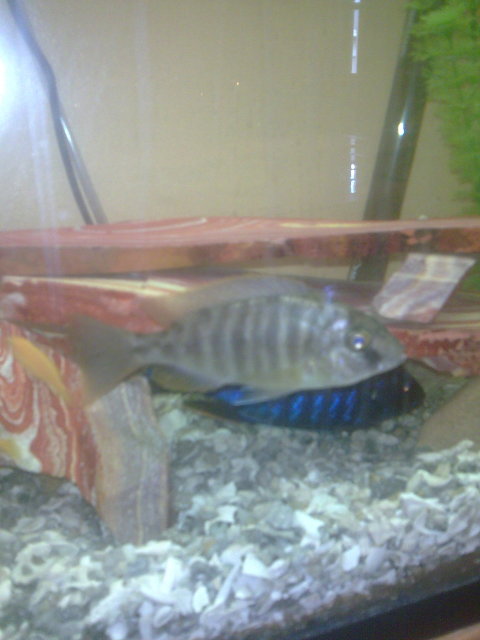 cichlids (malawi)
QuestionQUESTION: Is there a way to tell the difference
cichlids (malawi)
QuestionQUESTION: Is there a way to tell the difference
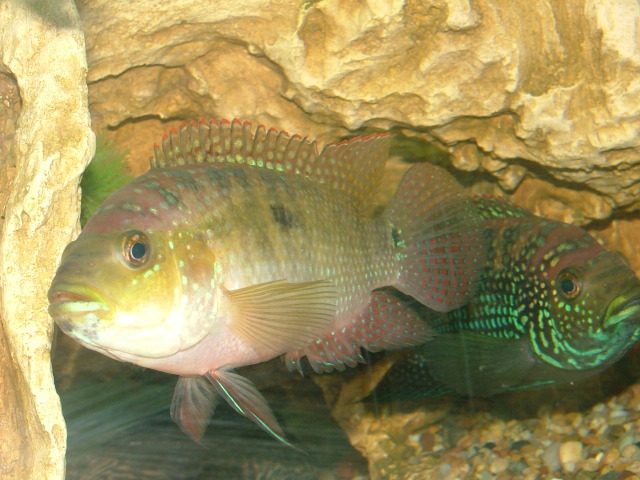 What sex are my Jack Dempseys?
Question
Jack Dempseys
Good morning MR. Coleman.
What sex are my Jack Dempseys?
Question
Jack Dempseys
Good morning MR. Coleman.
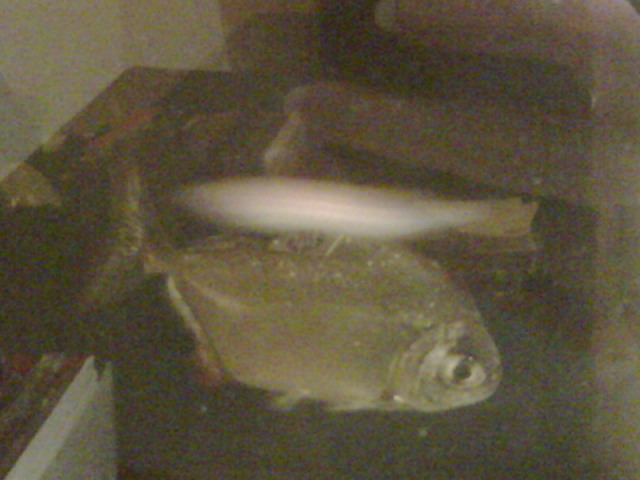 Ick?
QuestionQUESTION: Hi. I have one Silver Dollar fi
Ick?
QuestionQUESTION: Hi. I have one Silver Dollar fi
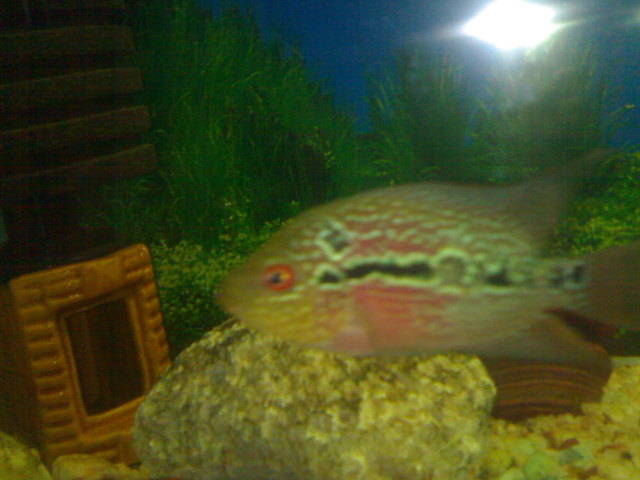 hump head
QuestionQUESTION: i am having four flowerhorns, each of
hump head
QuestionQUESTION: i am having four flowerhorns, each of
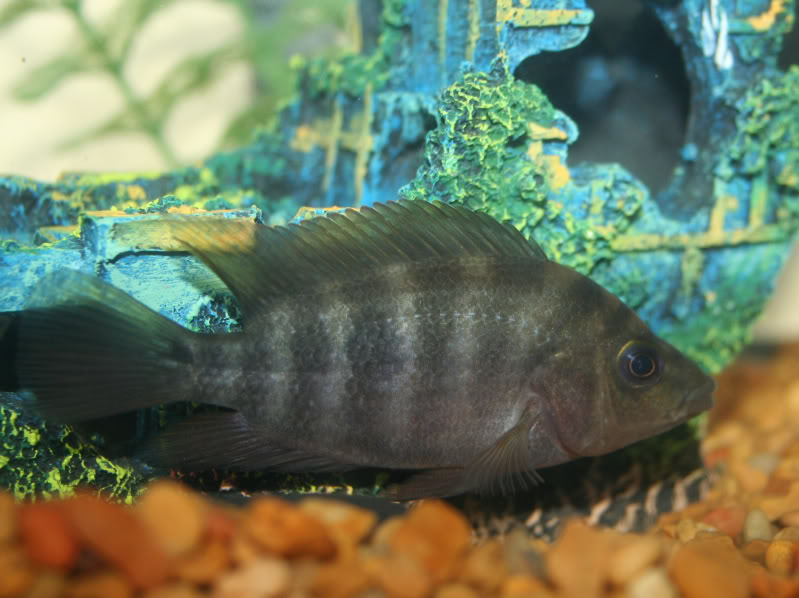 Firemouth Cichlid
QuestionQUESTION: I have a cichlid who is a Firemouth C
Firemouth Cichlid
QuestionQUESTION: I have a cichlid who is a Firemouth C